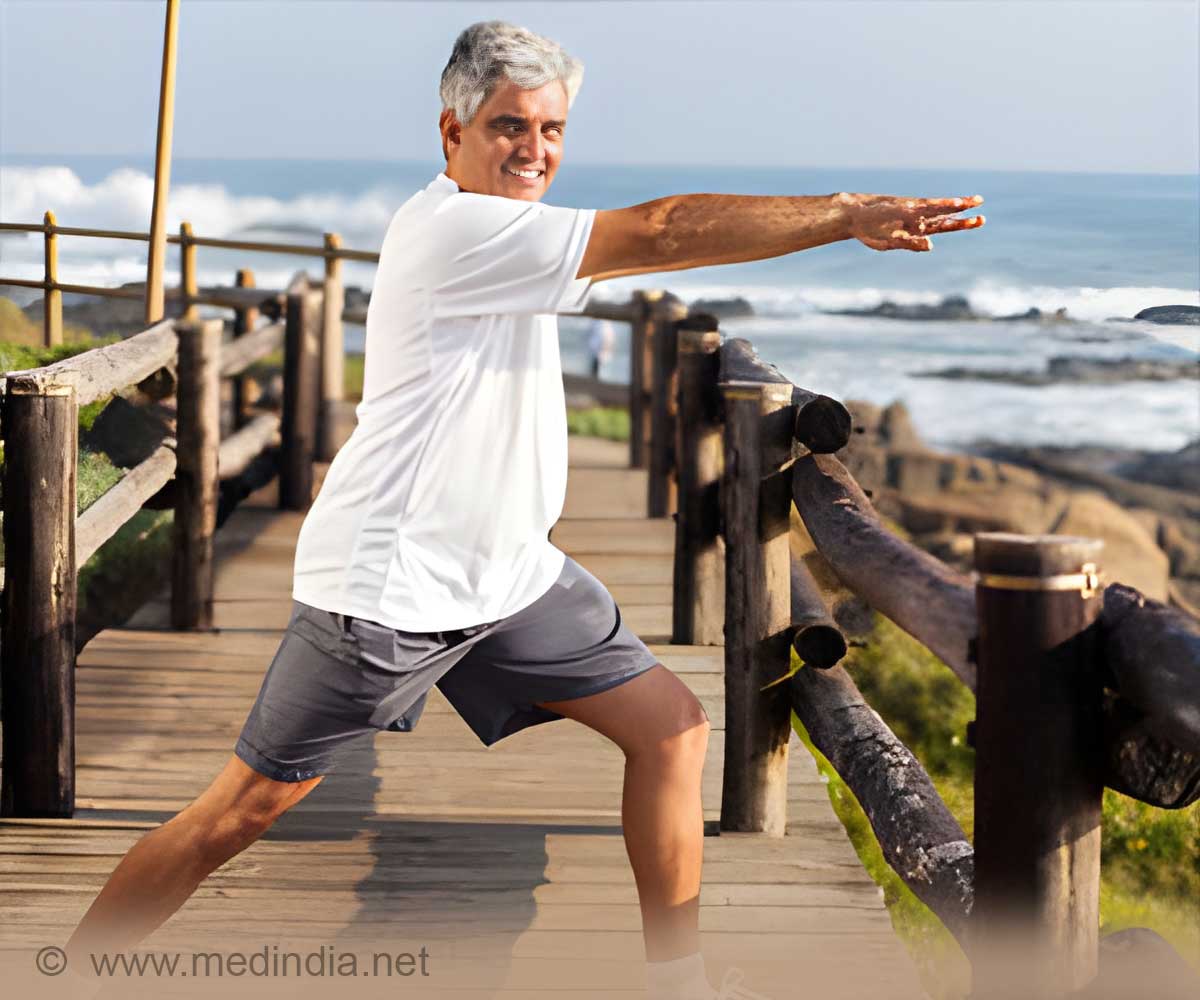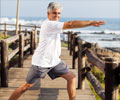A combination of physical exercise and healthy diet is the best way to reduce skeletal muscle loss, says a new study appeared in the Open Journal of Apoptosis.

A new study that appeared in the Open Journal of Apoptosis suggests that the best way to prevent or reduce the loss of skeletal muscle mass due to aging is a combination of physical exercise, healthy diet, and caloric restriction. The researchers state that this combination could improve the structure and function of muscle tissue through multiple mechanisms at the molecular level. A major threat to our ability to stay healthy with advancing age is the gradual loss of muscle mass known as sarcopenia. The condition affects 30 percent of people over the age of 60 years and more than 50 percent of those over the age of 80 years. Sarcopenia not only prevents older adults from performing the most basic daily tasks but also greatly increases their risk of suffering devastating injuries.
Analysis of Age-related Apoptosis Pathways in Skeletal Muscle
Earlier studies have demonstrated that sarcopenia may be due to a loss in total number of muscle fibers by apoptosis, a form of cell death in which a programmed sequence of events leads to the elimination of cells. In this latest study from the University of Catania, Italy, researchers focused on the age-related apoptosis pathways in skeletal muscle and suggested that an appropriate lifestyle with exercise and a healthy diet could prevent the muscle loss.Researchers observed that physical exercise caused an increase in oxidative stress which could damage muscle. However, exercise also stimulates the adaptive response of the body to oxidative stress. This protective response could be due to changes associated with gene expression, an increase in cellular protective mechanisms and remodeling of the muscle structure.
Different Types of Exercises and their Effects in Skeletal Muscle Loss
The researchers also indicated how different types of physical exercises differently interfere with the various molecular mechanisms active in aging skeletal muscle.Endurance exercises are physical activities like walking and jogging that increase your breathing and heart rate for an extended period. These activities can enhance protein synthesis, mitochondrial biogenesis - the process by which new mitochondria are formed in the cell - and the release of IL-6 resulting in inhibition of TNF-α production, thereby reducing apoptosis and causing an anti-inflammatory effect.
The treadmill exercise training and the resistance training (or strength training) can reduce the effect of both fiber atrophy - a decrease in the mass of the muscle - and mechanisms associated with apoptosis in aging skeletal muscle.
Exercise with Healthy Diet
The researchers also feel that exercise should be supported with a good diet to improve the antioxidant effect and prevent muscle damage due to aging. The diet should not only be restricted in calories but should also include some natural nutrients that have antioxidant properties, such as carotenoids and oleic acid, they concluded.Reference:
Musumeci G, Imbesi R, Szychlinska MA, Castrogiovanni P. Apoptosis and Skeletal Muscle in Aging. Open Journal of Apoptosis Vol.04 No.02(2015), Article ID:55867,5 pages 10.4236/ojapo.2015.42004Source-Medindia















